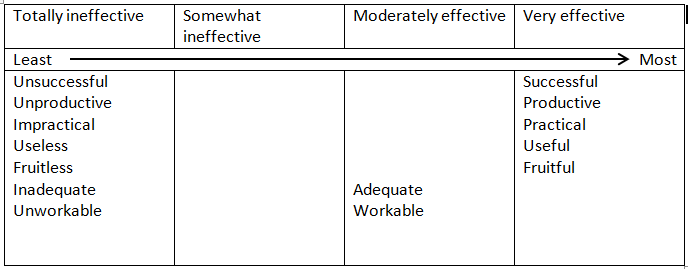Evaluating management strategies
Question:
Evaluate traditional and contemporary management strategies applied to intertidal wetlands.
Evaluate: presenting and defending opinions by making judgments about information, validity of ideas or quality of work based on a set of
criteria.
What is a criteria?
A criteria is a set of standards that you use to judge something. For example, you would refer to the criteria to decide how successful the management strategies have been.
An evaluation of management strategies focuses on the concept of sustainability. The criteria to judge management strategies are:
What do the criteria mean?
Evaluate traditional and contemporary management strategies applied to intertidal wetlands.
Evaluate: presenting and defending opinions by making judgments about information, validity of ideas or quality of work based on a set of
criteria.
What is a criteria?
A criteria is a set of standards that you use to judge something. For example, you would refer to the criteria to decide how successful the management strategies have been.
An evaluation of management strategies focuses on the concept of sustainability. The criteria to judge management strategies are:
- Intragenerational equity
- Intergenerational equity
- The precautionary approach
- Biological diversity
What do the criteria mean?
|
Intragenerational equity
|
|
|
Intragenerational equity
|
|
|
The precautionary approach
|
|
|
Biological diversity
|
|
In your response to this question you will need to describe the management strategy, and make a judgement about how effective it is. Use terms such as totally ineffective, somewhat ineffective, moderately effective, very effective.

